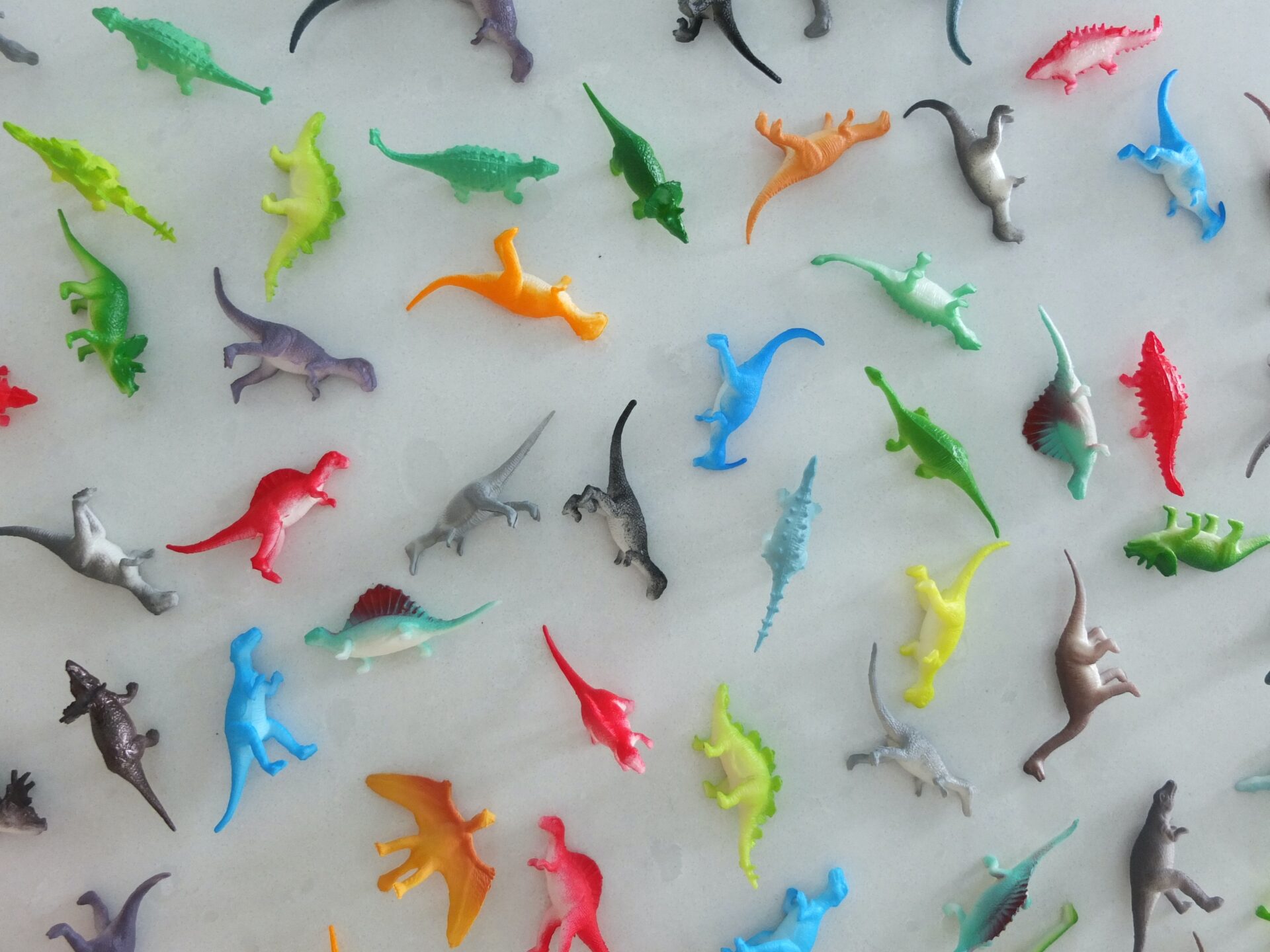How do plastic toys harm the environment?
Plastic toys have been a popular choice for children’s gifts for decades, but one important factor is often overlooked; plastic toys harm the environment. The production, use, and disposal of plastic toys have significant impacts on the environment and contribute to various environmental problems, including pollution, waste, and the depletion of natural resources. In this blog post, we will explore the environmental implications of plastic toys and what we can do to minimize their impact.
Production
The production of plastic toys involves the extraction of non-renewable resources such as petroleum and natural gas. These resources are processed to create plastic, which is then molded into the desired shape for the toy. The manufacturing process requires large amounts of energy and releases greenhouse gases, contributing to climate change. Additionally, the production process produces waste and pollutants, which can harm nearby ecosystems and communities.
Use
Plastic toys can be harmful to the environment during their use phase as well. Children often discard toys when they are no longer interested in them, leading to unnecessary waste. Furthermore, plastic toys can contain harmful chemicals that can leach into the environment, particularly when exposed to heat or sunlight. These chemicals can harm wildlife, soil, and water sources, leading to long-term damage to the environment.
Disposal
The disposal of plastic toys can also have significant environmental implications. Many plastic toys end up in landfills, where they can take hundreds of years to decompose. As they decompose, they release greenhouse gases and toxic chemicals, further contributing to climate change and pollution. Some plastic toys end up in oceans and other water bodies, where they can harm marine life and ecosystems.
What can we do?
There are several steps we can take to minimise the environmental impact of plastic toys. First, we can reduce our reliance on plastic toys and opt for alternatives such as experiences, wooden toys, cloth dolls, or board games. These alternatives are often more durable, longer-lasting, and better for the environment. Second, we can recycle plastic toys properly, ensuring that they do not end up in landfills or oceans. We can also donate or sell toys that are in good condition, giving them a new life and reducing waste. Third, we can choose to buy toys made from recycled plastic or plant-based materials, which have a lower environmental impact than traditional plastic toys.
In conclusion, the environmental implications of plastic toys are significant and cannot be ignored. As consumers, we can take steps to minimize their impact by reducing our reliance on plastic toys, properly recycling and disposing of them, and choosing more sustainable alternatives. By doing so, we can help protect the environment and create a healthier planet for future generations.

